



If you ever find yourself wandering through Hungary beyond Budapest,Miskolc is a city that quietly steals your heart with its genuine warmth and unexpected charm. The moment you step into its streets,there’s this comforting hum of everyday life mixed with whispers of history. You’ll notice the way the sunlight filters through the leaves in the city’s parks,casting playful shadows on the cobblestones,while the distant clatter of trams and lively chatter from cafés create a soundtrack that feels both vibrant and intimate. Miskolc wears its character proudly—there’s a rugged beauty in its old industrial buildings softened by colorful street art and cozy,tucked-away bistros where the smell of freshly baked pastries and rich coffee invites you to linger. The city’s soul is deeply tied to its natural surroundings; just a short trip away,the lush Bükk Mountains offer cool,pine-scented air and trails that lead to hidden caves and waterfalls,a refreshing contrast to the urban buzz. What really makes Miskolc stand out is its blend of cultures and traditions. You can taste it in the hearty local dishes—think smoky sausages and paprika-spiced stews served with a side of genuine hospitality. The people here have a relaxed,welcoming vibe that makes you feel like you’re visiting an old friend’s hometown rather than a tourist spot. It’s a place where history,nature,and everyday life come together in a way that feels both authentic and alive,leaving you with stories you’ll want to share long after you’ve left.
The information on this page is currently being reviewed by Tripkliq and should be used as a guide only
Eng word: Hello
Eng pronunciation: See-ya
Local language: Szia
Eng word: Goodbye
Eng pronunciation: Vees-laht
Local language: Viszlát
Eng word: Thank you
Eng pronunciation: Kuh-suh-nuhm
Local language: Köszönöm
Eng word: How much
Eng pronunciation: Men-yee-beh keh-rool
Local language: Mennyibe kerül
Eng word: Toilet
Eng pronunciation: Vay-tsay
Local language: WC
Eng word: Help me
Eng pronunciation: Sheg-eet-sheg
Local language: Segítség
Eng word: Yes
Eng pronunciation: Ee-gen
Local language: Igen
Eng word: No
Eng pronunciation: Nem
Local language: Nem
Eng word: Excuse me
Eng pronunciation: El-ney-zesht
Local language: Elnézést
Miskolc has been inhabited since ancient times, with archaeological evidence showing settlements dating back to the Paleolithic era. The city's long history makes it one of the oldest continuously inhabited areas in Hungary.
The Diósgyőr Castle, a medieval fortress located in Miskolc, was built in the 14th century and served as a royal residence. It is one of the city's most iconic landmarks and a must-visit for history enthusiasts.
The Avas Church, built in the 13th century, is one of the oldest buildings in Miskolc. Its Gothic architecture and the nearby Avas Hill make it a popular spot for visitors.
Miskolc became a major industrial hub during the 19th century, contributing significantly to Hungary's economic development. The city's steel and iron industries were particularly prominent.
The Cave Bath in Miskolctapolca is a natural thermal bath located inside a cave. It has been a popular wellness destination for centuries, offering a unique and relaxing experience for visitors.
Founded in 1823, the National Theatre of Miskolc is the oldest stone-built theatre in Hungary. It continues to host a variety of performances, including plays, operas, and concerts.
The Wooden Church, originally built in the 17th century, is a beautiful example of traditional Hungarian wooden architecture. Although it was rebuilt after a fire, it remains a cherished symbol of the city.
Located near Miskolc, the Bükk National Park is Hungary's largest national park and a UNESCO World Heritage Site. It offers stunning natural landscapes, caves, and hiking trails for nature lovers.
The Avas Hill is home to a network of historical wine cellars, some of which date back to the 16th century. These cellars are a testament to the city's rich winemaking tradition.
In Miskolc, the most common Power Adaptor is Type C, Type F.


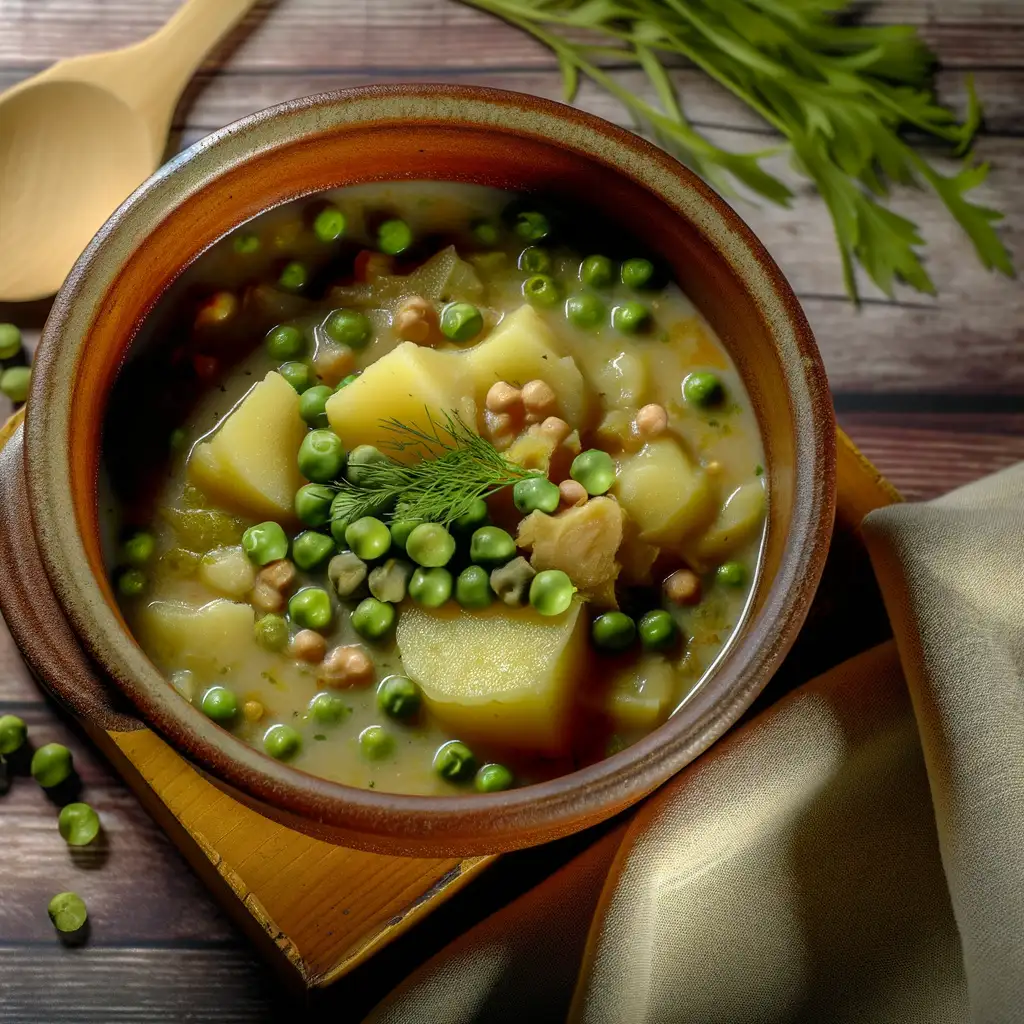
A thick vegetable stew, often made with potatoes, peas, or lentils, served as a side dish or main course.
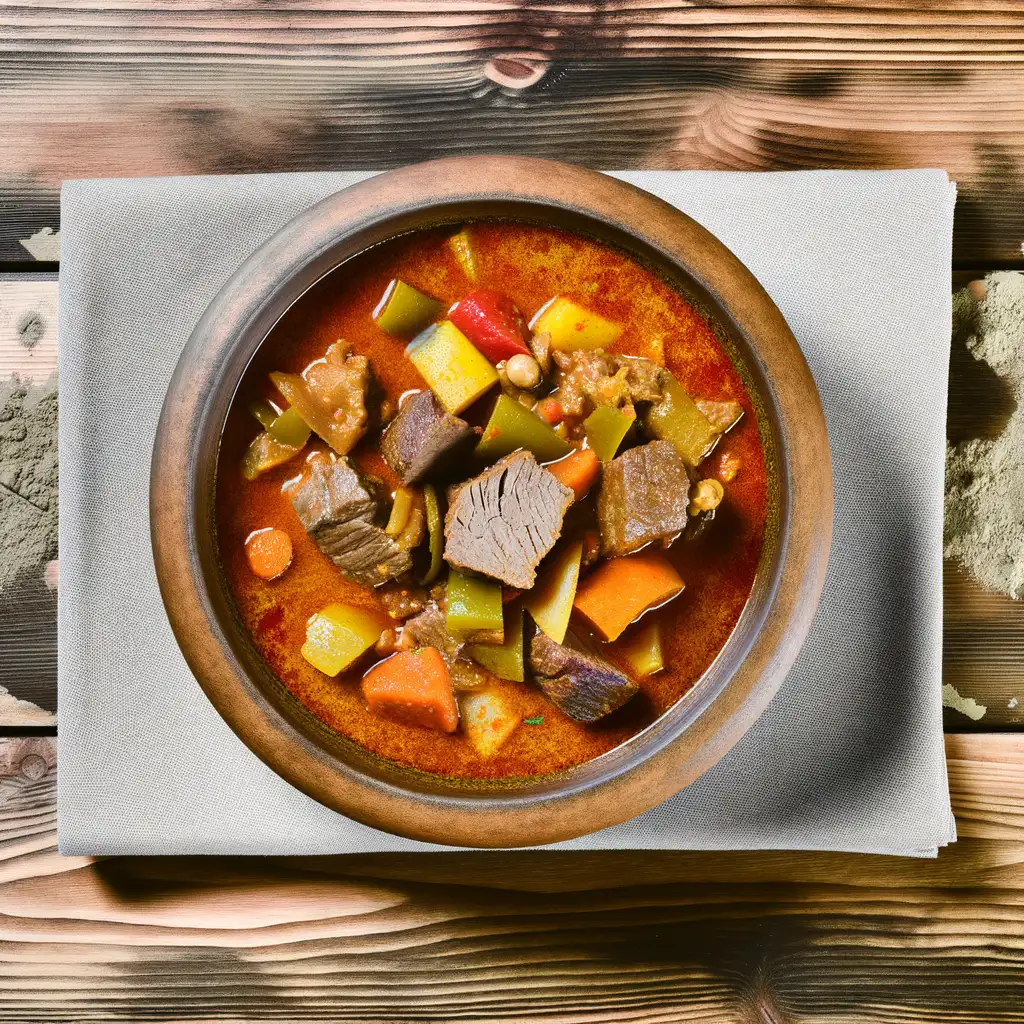
A hearty beef soup seasoned with paprika and vegetables, considered a national dish of Hungary.
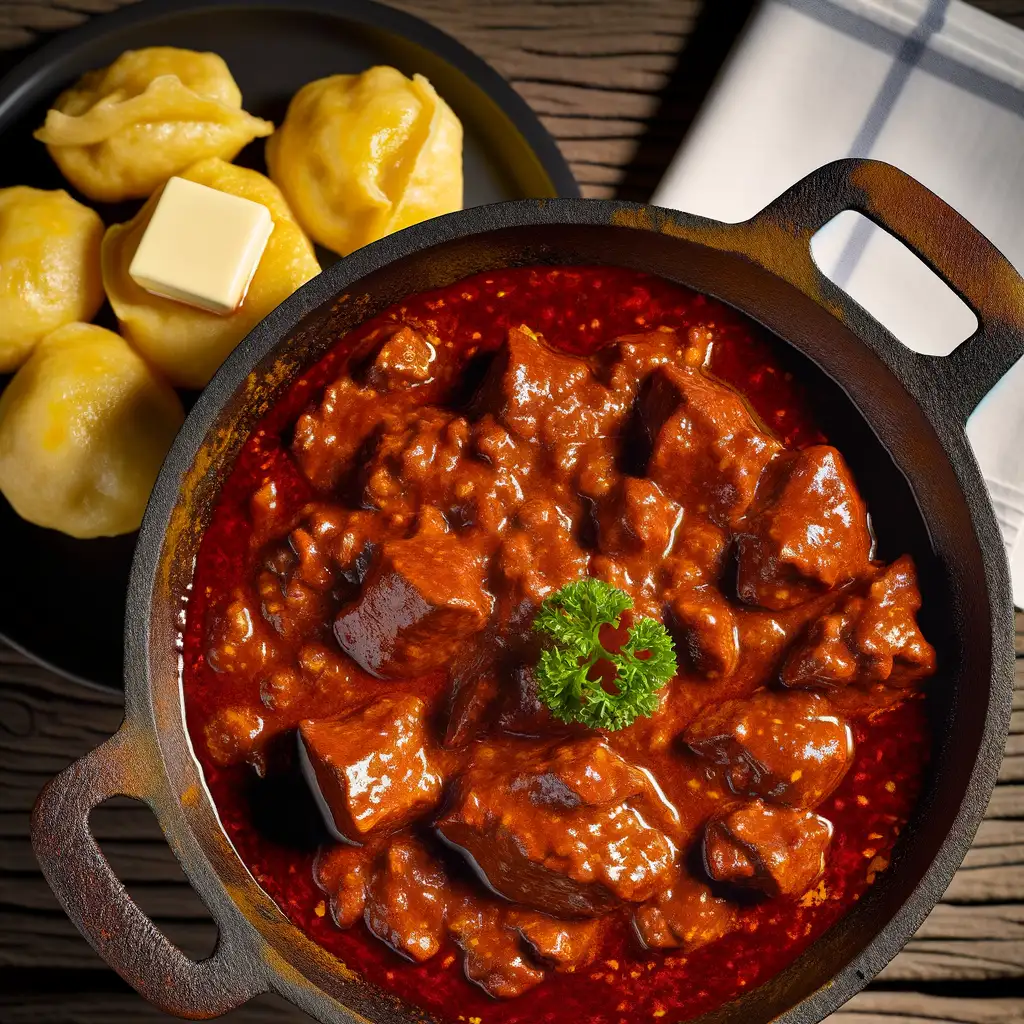
A traditional meat stew, usually made with beef or pork, flavored with paprika and served with dumplings or bread.

A deep-fried flatbread, often topped with sour cream, cheese, or garlic, popular as a street food snack.

Savory pancakes filled with meat, typically served with a rich sauce, a beloved Hungarian dish.
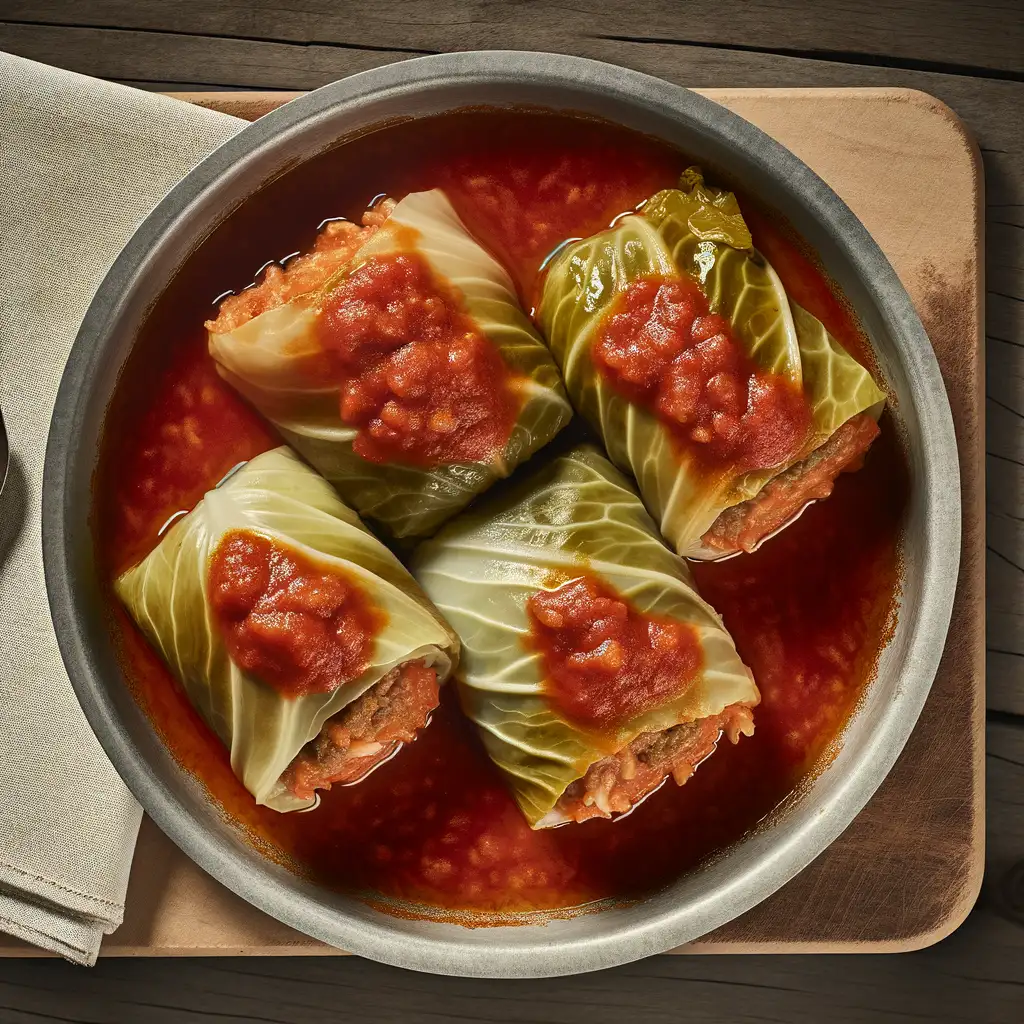
Stuffed cabbage rolls filled with a mixture of meat and rice, cooked in a savory tomato sauce.
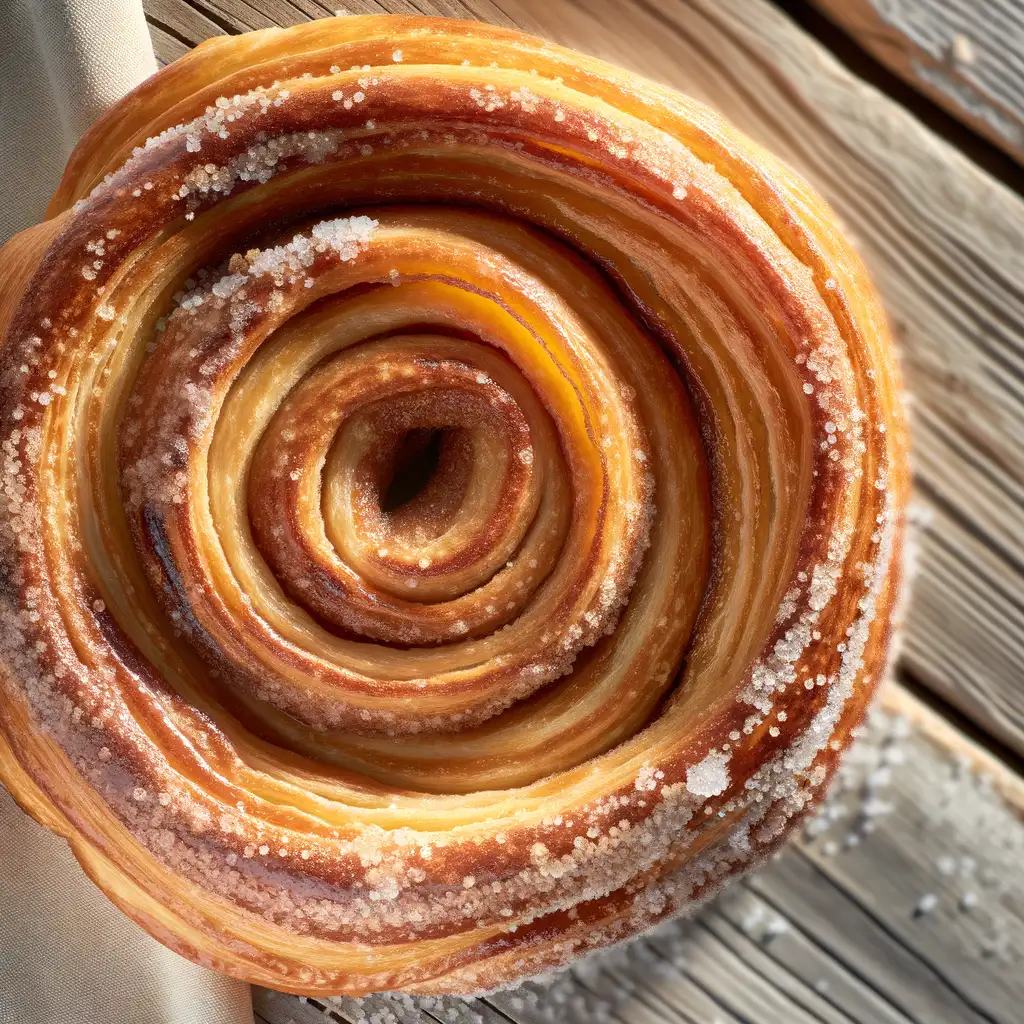
A sweet, spiral-shaped pastry cooked over an open flame, often coated with sugar and cinnamon.

Budapest feels like stepping into a storybook where history and modern life dance together effortlessly. The moment you stroll along the Danube River,with the majestic Parliament building glowing in the evening light,you sense a city that’s both grand and inviting. There’s a rhythm here—street musicians playing haunting melodies,the clinking of glasses in cozy ruin pubs,and the gentle splash of thermal baths that have been soothing locals for centuries. It’s a place where every corner whispers tales of empires past,yet pulses with youthful energy.
Wandering through the cobbled streets of the Castle District,you catch the scent of fresh pastries mingling with the earthy aroma of old stone walls. The vibrant markets buzz with vendors selling paprika,fresh bread,and sweet chimney cakes,tempting you to taste the rich flavors of Hungarian cuisine. Budapest’s character shines brightest in its contrasts:the elegant Art Nouveau cafés sit side by side with edgy street art,and the grand boulevards lead you to intimate courtyards where locals sip coffee and chat animatedly.
What makes Budapest truly unforgettable is how it wraps you in warmth—whether it’s the steamy embrace of a thermal bath on a chilly day or the friendly chatter in a bustling café. It’s a city that invites you to slow down,savor every moment,and discover stories hidden in its architecture,food,and people. Trust me,once you’ve felt Budapest’s pulse,you’ll carry a piece of it with you long after you leave.
Vienna feels like stepping into a living storybook where every street hums with history and charm. The moment you wander through its grand boulevards,you’re wrapped in a warm embrace of baroque architecture,cozy coffeehouses,and the gentle melodies of street musicians playing waltzes nearby. There’s a rhythm to the city — elegant yet inviting — where the past and present dance together effortlessly.
As you stroll along the Danube or through the lush gardens of Schönbrunn Palace,you catch the scent of freshly baked strudel mingling with the earthy aroma of roasted coffee beans from a nearby café. The city’s café culture is something special; sitting down with a slice of Sachertorte and a strong Viennese coffee feels like a small,delicious ritual. You’ll hear the soft clink of porcelain cups and the murmur of locals deep in conversation,making you feel instantly at home.
Vienna’s character is a blend of refined artistry and genuine warmth. It’s a place where grand opera houses and modern galleries coexist,and where the locals’ pride in their musical heritage is palpable. Whether you’re exploring the vibrant Naschmarkt with its colorful stalls or catching a live performance in a centuries-old concert hall,Vienna invites you to slow down,savor the moment,and soak in its timeless elegance.
If you find yourself wandering through Okres Bratislava II,you’ll quickly notice a unique blend of old-world charm and modern energy humming in the air. It’s the kind of place where leafy streets invite you to slow down,while cozy cafés spill the rich aroma of freshly brewed coffee onto the sidewalks. The vibe here is relaxed but alive,like the city is quietly inviting you to explore its layers at your own pace. You might catch the distant laughter of locals chatting in Slovak,mixed with the occasional clink of glasses from a nearby wine bar,creating a soundtrack that feels both intimate and vibrant.
Walking through the neighborhoods,you’ll see a fascinating mix of architecture—from elegant Art Nouveau buildings to sleek,contemporary designs—each telling a story of Bratislava’s evolving character. The parks are lush and inviting,perfect for a lazy afternoon picnic or a peaceful moment watching the world go by. And if you’re a foodie,you’re in for a treat:local markets burst with fresh produce,and small bistros serve up traditional Slovak dishes with a modern twist,filling the air with the comforting scent of paprika and fresh herbs.
What really makes Okres Bratislava II stand out is its warm,welcoming spirit. It’s a place where you can feel the pulse of everyday life—families strolling,artists sketching in the sun,and friends gathering for an evening of music and laughter. Visiting here isn’t just about seeing a new place; it’s about feeling connected to a community that’s quietly proud of its roots and excited about its future.
Imagine wandering through a city where the old world gently brushes against the new,and every corner hums with a quiet,inviting energy—that’s Zagreb. From the moment you step into its cobbled streets,you’re wrapped in a warm,lived-in charm. The air carries the scent of fresh coffee mingling with blooming linden trees,while the distant chatter from open-air cafés spills into the streets,inviting you to slow down and savor the moment. Zagreb doesn’t shout for attention; it welcomes you like an old friend,with a smile and a story.
The city’s character is a delightful blend of Austro-Hungarian elegance and vibrant Croatian spirit. Strolling through the Upper Town,you’ll catch glimpses of medieval towers and baroque facades,while the Lower Town buzzes with modern life—art galleries,quirky boutiques,and lively markets where you can taste local cheeses,honey,and the unmistakable sweetness of fresh figs. Music often drifts from street performers,adding a soundtrack to your exploration that feels both spontaneous and soulful.
What makes Zagreb truly special is its rhythm—unhurried yet alive. Whether you’re sipping a glass of robust Croatian wine in a cozy tavern or watching the sunset paint the rooftops in shades of gold and rose,there’s a sense of belonging here. It’s a city that invites you to not just see it,but to feel it,to become part of its story,even if just for a little while.
Prague feels like stepping into a storybook where every corner hums with history and charm. The moment you wander onto the cobblestone streets of the Old Town,you’re wrapped in a warm,timeless embrace. The air carries a mix of fresh-baked pastries and rich coffee from cozy cafés,mingling with the faint scent of aged wood and stone from centuries-old buildings. As you stroll across the iconic Charles Bridge,the soft murmur of the Vltava River below blends with the distant melodies of street musicians,creating a soundtrack that’s both lively and soothing.
What’s truly captivating about Prague is its effortless blend of old and new. Gothic spires and baroque facades stand proudly alongside vibrant street art and bustling markets. The city pulses with a creative energy,from the quirky art galleries tucked away in narrow alleys to the lively beer gardens where locals and travelers clink glasses over hearty Czech fare. There’s a genuine warmth in the way people share their culture,whether it’s through a friendly chat in a pub or an invitation to a traditional music performance.
At night,Prague transforms into a magical place where the city lights dance on the river’s surface and the aroma of roasted chestnuts fills the air. It’s a city that invites you to slow down,savor every moment,and get lost in its stories. Trust me,once you’ve experienced Prague’s unique rhythm and soul,it stays with you long after you’ve left.
If you ever find yourself wandering through the sun-drenched streets of Dubrovnik,you’ll immediately feel like you’ve stepped into a living storybook. The city’s ancient stone walls rise proudly against the sparkling Adriatic,and as you stroll along the marble-paved Stradun,the salty sea breeze mingles with the scent of fresh pine and blooming bougainvillea. There’s a rhythm here—a gentle hum of life where history and modern charm dance together effortlessly.
Dubrovnik’s character is woven into every corner:the clatter of café cups,the murmur of locals chatting in cozy taverns,and the distant call of seagulls overhead. You can almost taste the city in the air—briny and fresh,with hints of grilled seafood and ripe figs from the markets. Sitting at a seaside restaurant,watching the sun dip behind the fortress walls,you’ll savor dishes bursting with Mediterranean flavors,paired with a glass of crisp Croatian white wine.
What makes Dubrovnik truly special is how it balances its rich past with a vibrant present. The city’s narrow alleys invite exploration,revealing tucked-away galleries,artisan shops,and lively squares where music spills out into the streets. Whether you’re tracing the footsteps of ancient mariners or simply soaking up the golden light on a quiet terrace,Dubrovnik feels like a warm embrace—inviting,timeless,and utterly unforgettable.
Individuals may approach tourists claiming to collect donations for fake charities or causes.
Tourists may encounter individuals or unofficial exchange offices offering poor exchange rates or counterfeit currency.
Scammers may sell fake tickets to attractions or offer non-existent tours to tourists.
Some taxi drivers may overcharge tourists by not using the meter or taking unnecessarily long routes.
Crowded areas, such as markets or public transport, are hotspots for pickpockets targeting unsuspecting tourists.
Some restaurants may add hidden charges or inflate the bill, especially if they notice the customer is a tourist.
Street performers may demand high fees after a tourist takes a photo or interacts with them, despite not disclosing any cost upfront.
Some individuals may pose as tour guides and charge tourists for inaccurate or low-quality tours.
Hungary has strict drug laws, and possession, use, or trafficking of illegal drugs is heavily penalized. Even small amounts of drugs can lead to criminal charges. Tourists should avoid any involvement with illegal substances while in Miskolc or elsewhere in Hungary.
Smoking is prohibited in enclosed public spaces, workplaces, public transport, and certain outdoor areas such as playgrounds and bus stops in Miskolc, Hungary. Designated smoking areas may be available in some locations. Violations can result in fines.
Vaping is subject to similar restrictions as smoking in Hungary. It is banned in enclosed public spaces, workplaces, and certain outdoor areas. Tourists should use e-cigarettes only in designated areas to avoid penalties.
What are other people saying about Miskolc?
Recent Social posts about Miskolc
There is nothing to show you for now.